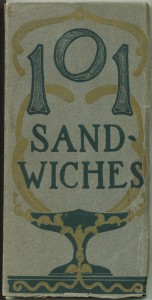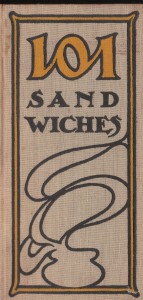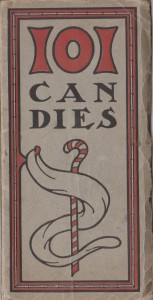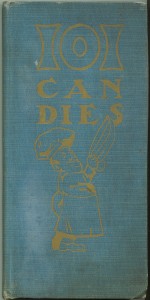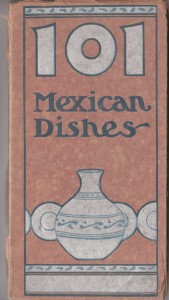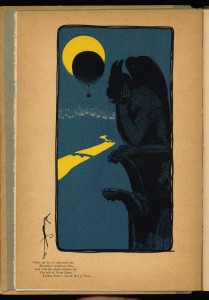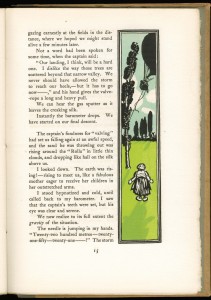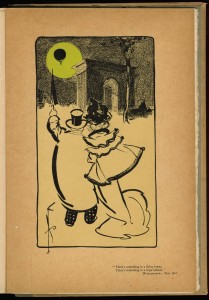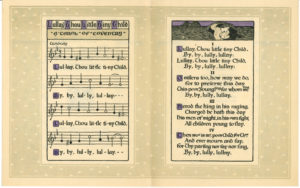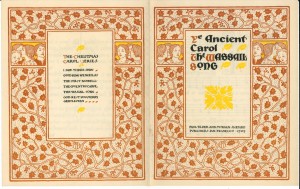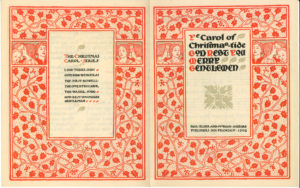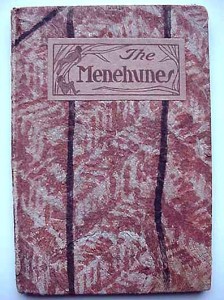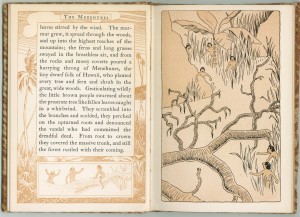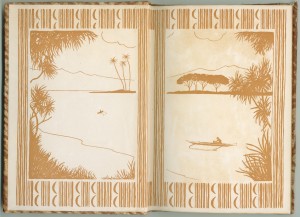In 1902, May E. Southworth wrote a cookbook for Elder & Shepard called One Hundred & One Sandwiches. It was sold very well, and Elder asked Southworth to write more. In the 1904 Catalog From a Western Publisher (catalog C20), he writes:
The many who have experienced the gustatory joys of 101 Sandwiches will give a hearty reception to four additional volumes, affording them that multiple of the famous 101 Epicurean Thrills
The four new cookbooks were Salads, Chafing-Dish Recipes, Beverages, and Candies. The five cookbooks, including Sandwiches, were reprinted with a Tomoye Press title page and whimsical cover art by Spencer Wright. They were issued in two bindings: paper wraps, and the “Kitichen edition” of canvas over boards. Elder named the series “101 Epicurean Thrills,” and by 1908 there were eleven titles in the series:
- One Hundred & One Beverages
- One Hundred & One Candies
- One Hundred & One Chafing-Dish Recipes
- One Hundred & One Desserts
- One Hundred & One Entrées
- One Hundred & One Layer Cakes
- One Hundred & One Mexican Dishes
- One Hundred & One Salads
- One Hundred & One Sandwiches
- One Hundred & One Sauces
- One Hundred & One Ways of Serving Oysters
In 1914, Southworth followed up the series with a cookbook entitled Midnight Feasts: 202 Salads and Chafing-Dish Recipes.
